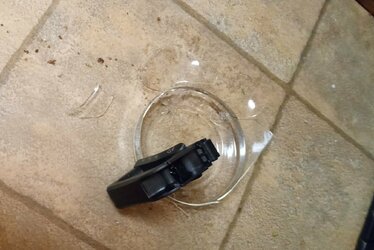- Thread starter
- #201
Last night, I swapped out my Hario Switch V60 glass cone with my plastic Hario Mugen cone to make a Mugen-Switch.
This should reduce water going between the filter and the dripper (instead of going through the coffee grounds).
It also means I don't have to warm the cone before brewing the coffee.
I tried it out this morning with my Bridge City Coffee Fell & Fair blend beans this morning using the Coffee Chronicler recipe. I will need to dial in things for this new dripper setup but I excited to explore this new setup. I will probably try this Tales Coffee recipe that is meant for the Mugen-Switch soon. This is another recipe I may try which would include using my Melodrip.
This should reduce water going between the filter and the dripper (instead of going through the coffee grounds).
It also means I don't have to warm the cone before brewing the coffee.
I tried it out this morning with my Bridge City Coffee Fell & Fair blend beans this morning using the Coffee Chronicler recipe. I will need to dial in things for this new dripper setup but I excited to explore this new setup. I will probably try this Tales Coffee recipe that is meant for the Mugen-Switch soon. This is another recipe I may try which would include using my Melodrip.



